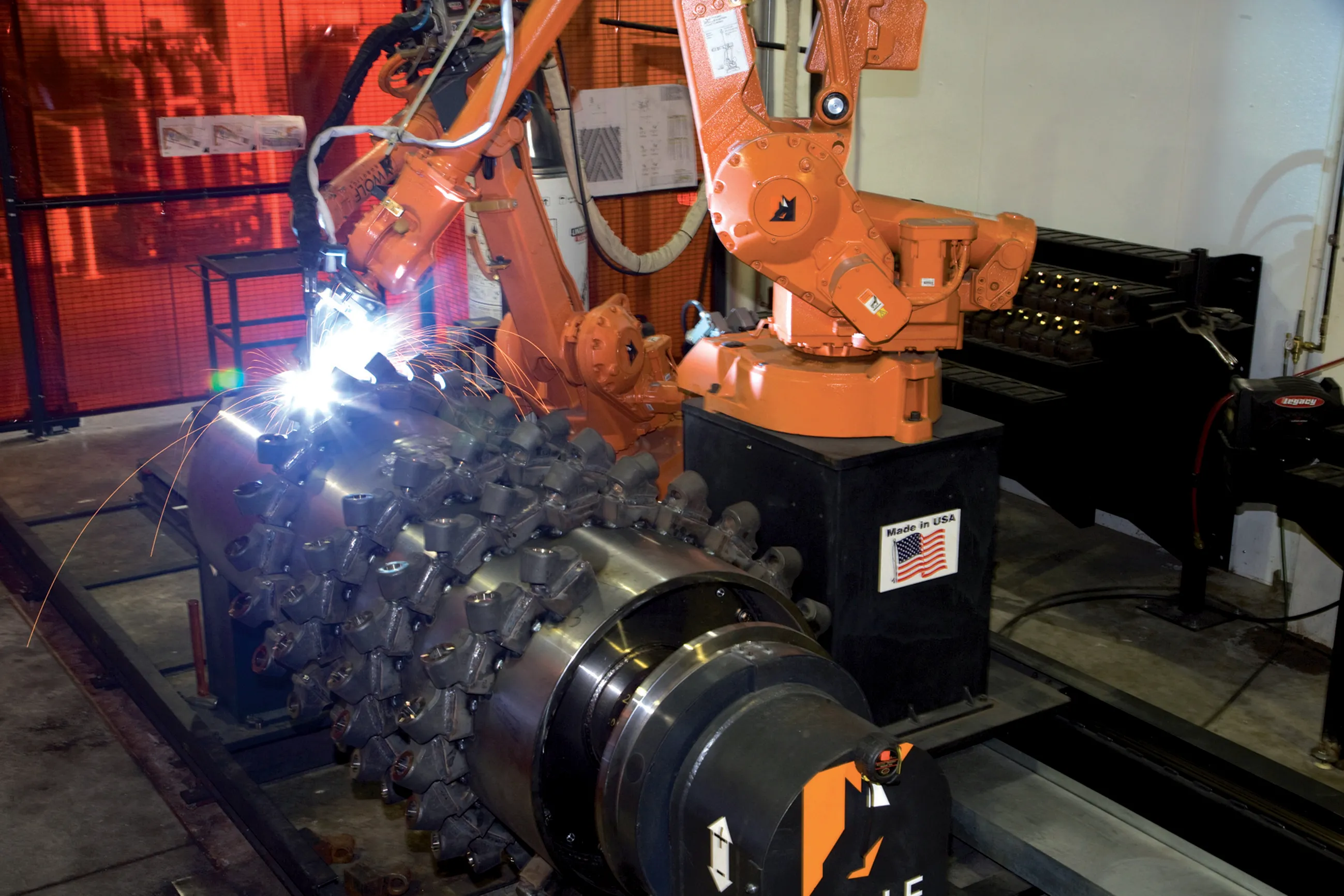A new political bill put forward in the US House of Representatives could provide financial assistance to contractors looking to upgrade equipment with new low emission technology. This bipartisan bill is intended to help improve air quality around infrastructure projects and should making it easier and more cost-effective to upgrade construction equipment to meet diesel soot emissions standards.
May 4, 2012
Read time: 2 mins
A new political bill put forward in the US House of Representatives could provide financial assistance to contractors looking to upgrade equipment with new low emission technology. This bipartisan bill is intended to help improve air quality around infrastructure projects and should making it easier and more cost-effective to upgrade construction equipment to meet diesel soot emissions standards. The legislation will help US states cut pollution and will also boost jobs. The bill will allow contractors working on federal transportation infrastructure projects to use a portion of the budget to reduce pollution from their older diesel-powered equipment. The bill aims to achieve a priority set in the last surface transportation authorisation by broadening access to federal funds under existing transportation programmes for diesel engine upgrades. This bill is intended to allow improvements to be made to existing equipment that still has a useful life by installing new generation diesels. The 3537 Associated General Contractors of America and the Clean Air Task Force are both supportive of the bill. Stephen Sander, CEO of the Associated General Contractors of America said, "This approach will protect the environment without punishing contractors for purchasing equipment that met all clean air standards in place at the time."









